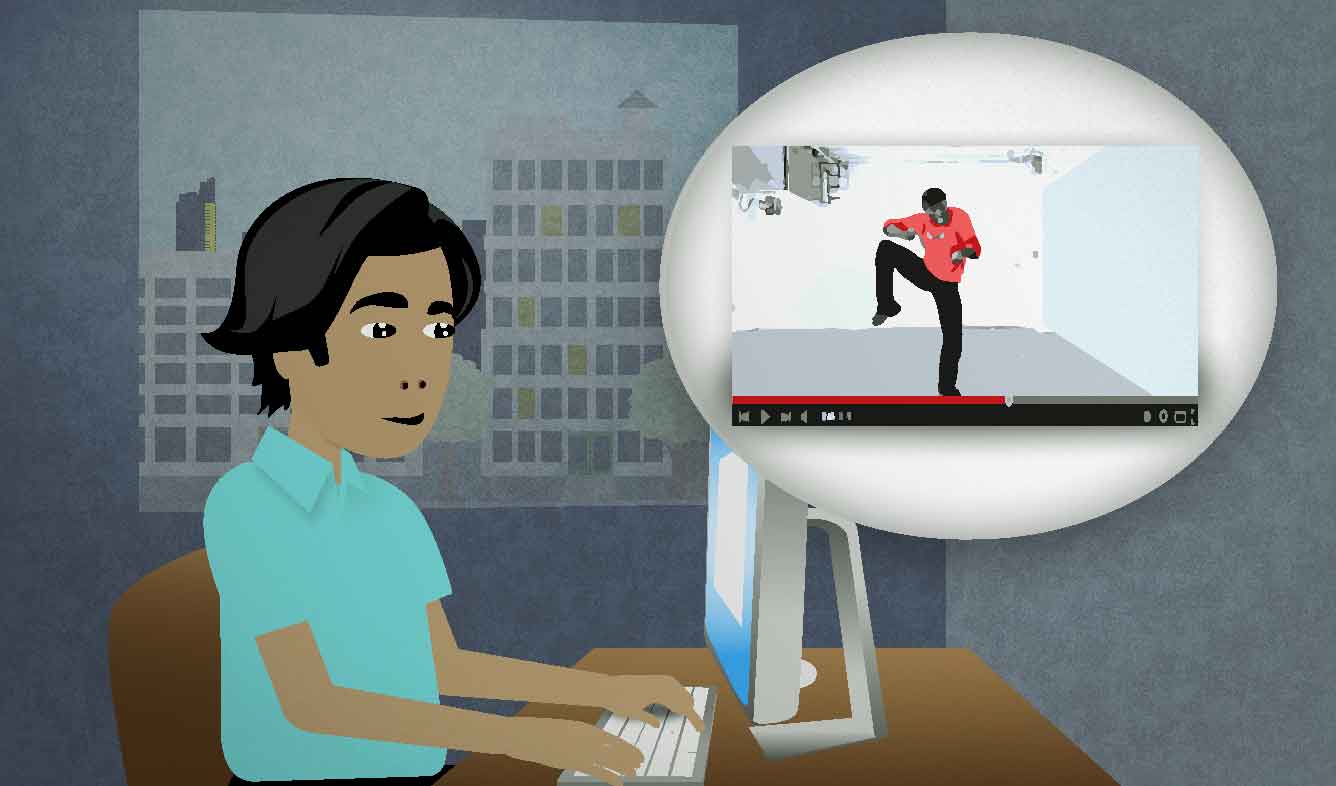“I'd love to hear what you think of it.”
You edited a music video for a class at film school. You want to get your friends' opinions before putting the video online for everyone to see. You send an email to your friends which explains the video. At the end, you ask them this.
I'd love to hear what you think of it.
Want Video and Sound? Follow us on YouTube

I'd love to (do something)
This is a polite way to ask for something. For example:
I'd love to discuss it with you if you have time.
I'd love to hear your thoughts on this.
"I'd love to ___" is more common in written English than in spoken conversation. In person, you would probably ask your friends "Can you ___?", "Could you ___?", "Can we ___?" and so on:
Could you watch this and tell me what you think of it?
"I'd love to ___" is slightly more polite.
hear (clause)
A clause is often used after "hear" to explain what news or information someone has heard:
I hear that there's going to be a new sports arena built near where you live.
In the example at top, it's used to explain what opinions the speaker will hear from other people.
what (someone) thinks of (something)
This phrase describes a person's overall opinion of a topic. It includes whether they like or dislike it.
A: Oh, you met her? What do you think of her?
B: She was pretty nice.
